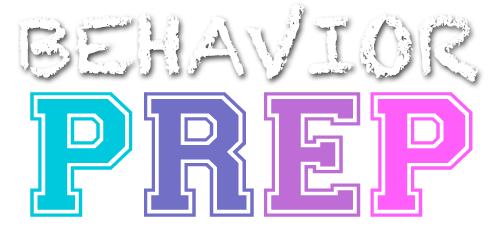G.10 Design and Evaluate instructions and rules
Designing and evaluating instructions and rules involves creating clear, concise, and understandable guidelines or verbal directions that help individuals understand what behaviors are expected of them. These instructions or rules should be designed to promote the target behavior and must be evaluated to ensure they effectively guide the individual toward the desired outcome.
Example: A BCBA is teaching a child to follow classroom routines. The BCBA designs a set of simple rules such as, “Raise your hand before speaking” and “Stay seated during lessons.” The BCBA gives the child verbal instructions to follow these rules, explains their importance, and reinforces compliance when the rules are followed. The BCBA evaluates the effectiveness of the instructions by observing the child’s behavior over time, tracking how often the child follows the rules during classroom activities.
